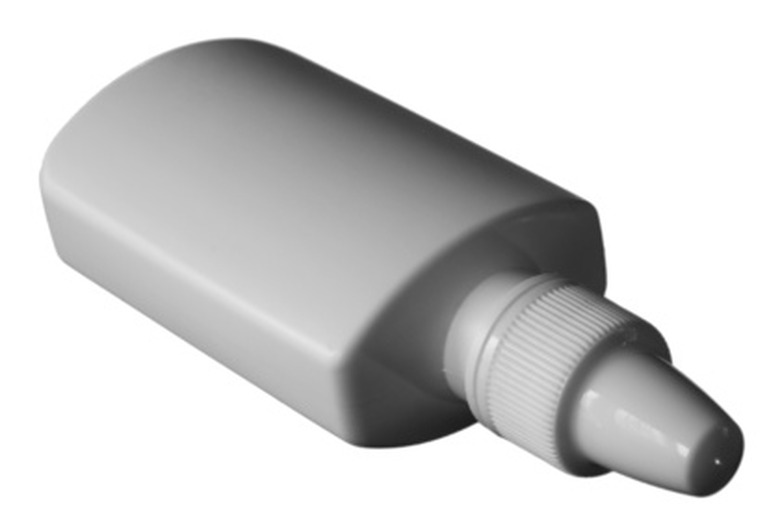What Is Opaque Plastic?
Opaque plastics are plastics that block all light from passing through them. Some plastics are opaque by virtue of their structure. Other plastics are transparent but can be dyed or treated to become opaque.
Features
Features
Plastics are generally defined as synthetic or semi-synthetic substances that can be molded into various shapes, extruded or rolled into fibers and films or used in making lacquers, paints, varnishes and other coatings. They are typically made from oil derivatives, although new technology allows the use of organic matter to produce plastics. Opaque is the term given to materials that do not allow the passage of light through them, as opposed to translucent plastics, which allow some light through and transparent plastics, which allow all light through.
Types
Types
Examples of opaque plastics include PEEK™ (Polyaryletheretherketone), a very strong plastic used to replace some metal parts, Polyphenylene Sulphide PPS, a heat-resistant plastic and Polypropylene PP, which is used in a range of household and medical applications.
Fun Fact
Fun Fact
One of the earliest forms of opaque plastic, casein plastic, was derived from milk. It was used to make artificial jade, horn and other materials for jewelry and buttons. You can even make your own casein plastic at home using milk and vinegar.
Cite This Article
MLA
Edwards, Clare. "What Is Opaque Plastic?" sciencing.com, https://www.sciencing.com/opaque-plastic-7301639/. 24 April 2017.
APA
Edwards, Clare. (2017, April 24). What Is Opaque Plastic?. sciencing.com. Retrieved from https://www.sciencing.com/opaque-plastic-7301639/
Chicago
Edwards, Clare. What Is Opaque Plastic? last modified March 24, 2022. https://www.sciencing.com/opaque-plastic-7301639/
